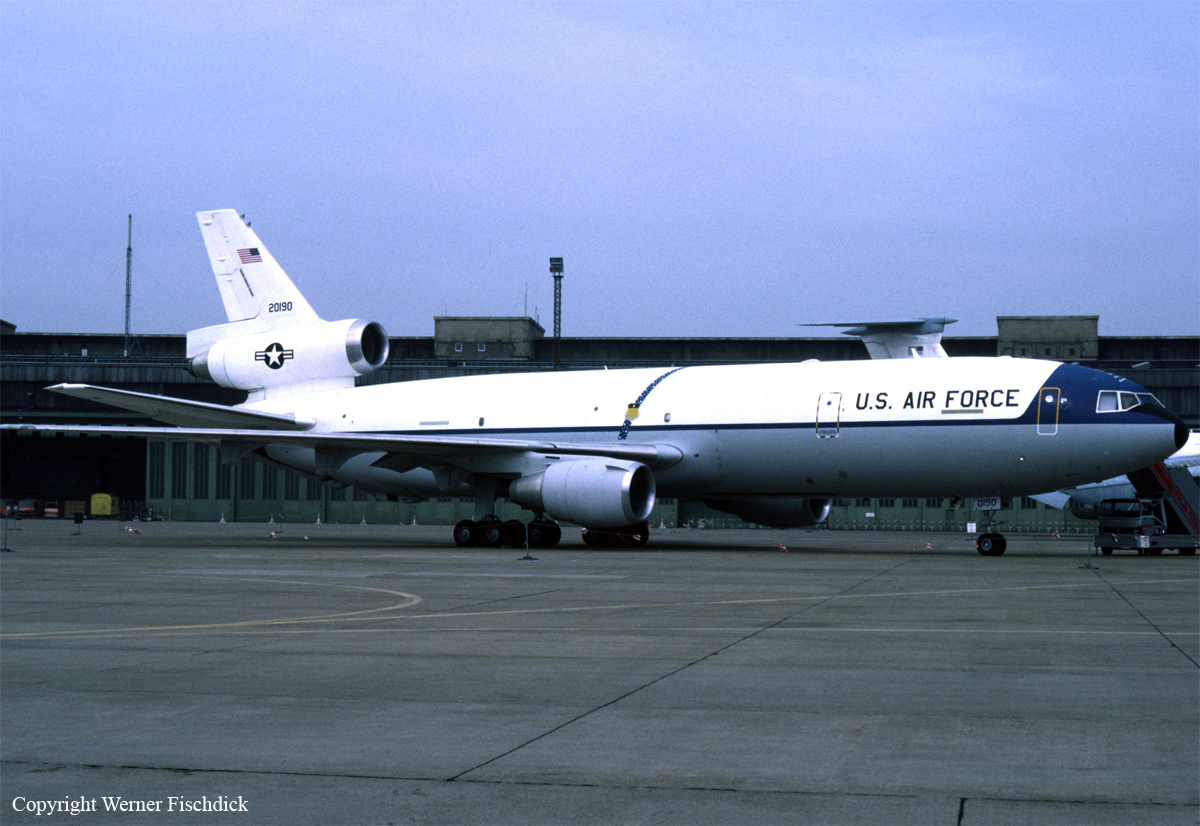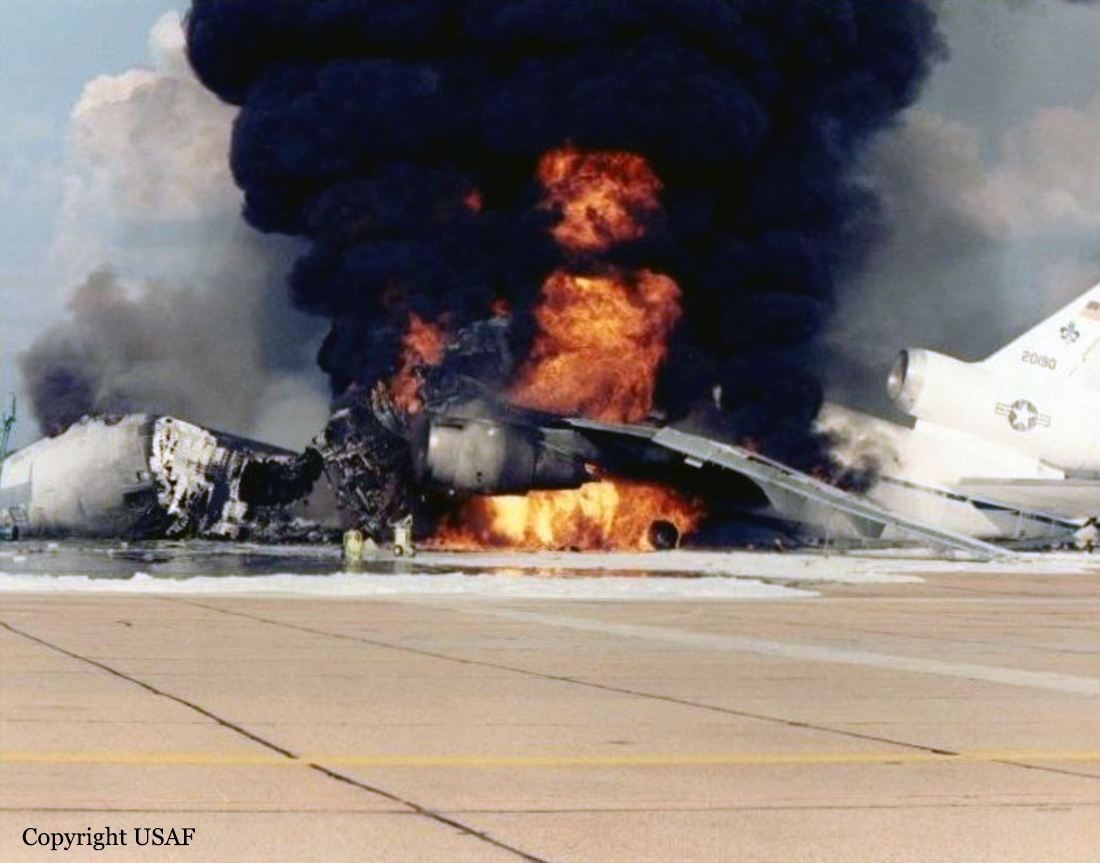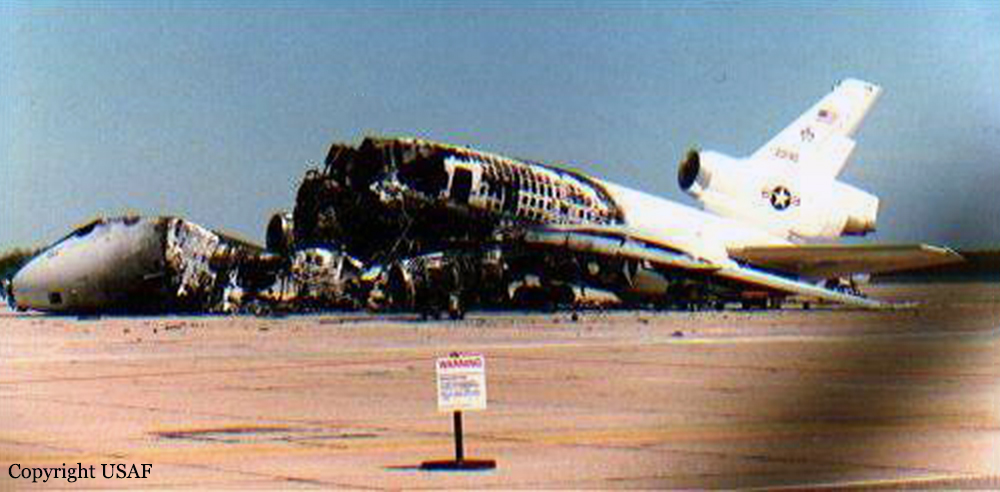Crash of a Grumman S-2F-1 Tracker in Weott: 1 killed
Date & Time:
Oct 7, 1987 at 1055 LT
Registration:
N444DF
Survivors:
No
Schedule:
Rohnerville - Rohnerville
MSN:
119
YOM:
1957
Flight number:
Tanker 79
Crew on board:
1
Crew fatalities:
Pax on board:
0
Pax fatalities:
Other fatalities:
Total fatalities:
1
Circumstances:
The aircraft was engaged in a fire fighting mission in the region of Weott, California. While returning to his base at Rohnerville to pick up another load of retardant, the pilot was able to send a brief mayday message when the aircraft crashed. The pilot, sole on board was killed.
Probable cause:
No investigations were conducted by the NTSB.









